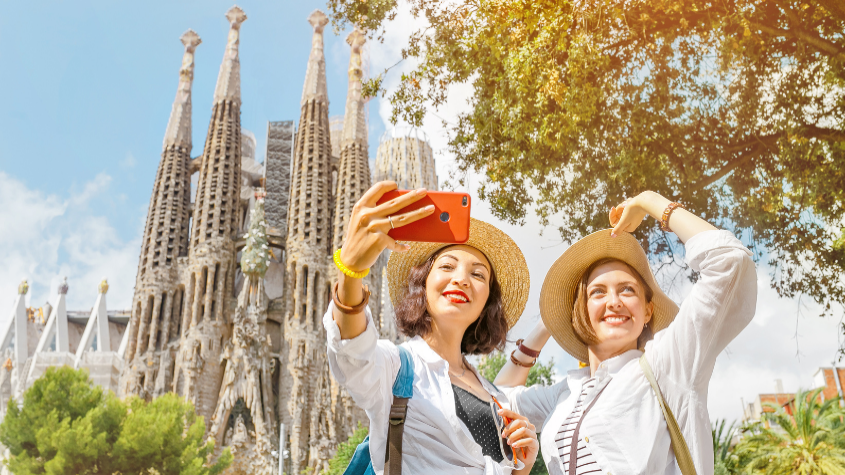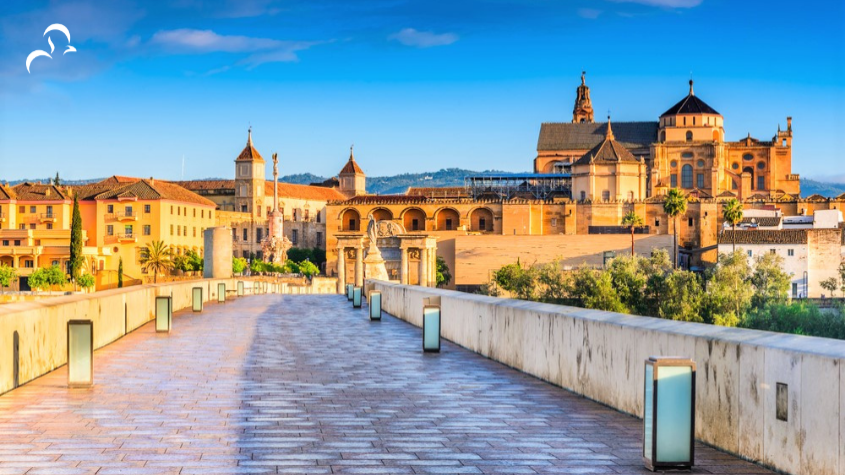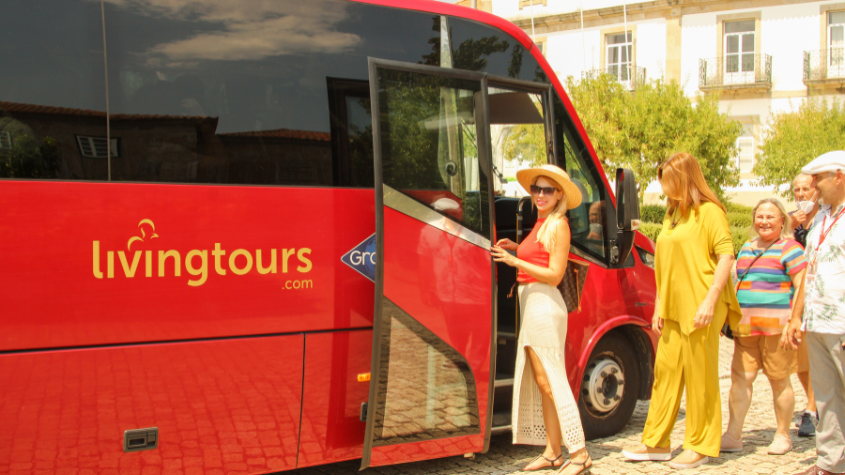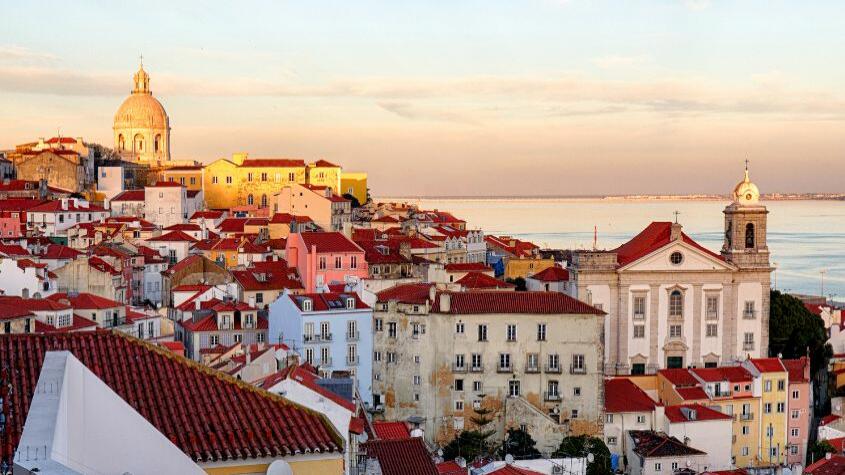
Modernism in Barcelona: Catalan Art and Architecture
Modernism is an artistic movement that flourished at the turn of the 19th to the 20th century, spreading throughout Europe and leaving its indelible mark on various fields, including architecture, design, painting and sculpture. However, one of the cities where Modernism shone with a unique intensity was Barcelona, in Catalonia, for around fifty years, between 1880 and 1930. Despite the name modernism, some consider this style to be a Catalan variation of art nouveau.
Explore the influence of Modernism in Barcelona, its main artists and works of art, which have left a lasting mark on the city.
Historical Context

Modernism emerged as an expression of the identity and aspirations of the Catalan bourgeoisie, which sought to modernise the city and assert its difference from the rest of Spain. Modernism was also influenced by the historical context of the time, marked by industrialisation, demographic growth, urban expansion and the Universal Exhibition of 1888.
Specifically, at the end of the 19th century, Barcelona was undergoing a significant social transformation. The city was expanding rapidly due to the Industrial Revolution, attracting migrants from other parts of Spain in search of work in the local factories and industries. This rapid population and urban growth brought with it a need for architectural renewal and a desire to emphasise Catalan uniqueness. Catalan Modernism (in Catalan: modernisme català) was born out of this need and desire.
Main Artists of Catalan Modernism

Modernism manifested itself in various forms of art, such as painting, sculpture, literature and music, but it was in architecture that it stood out the most. Modernist architects created original and innovative works that combined natural, geometric, symbolic and decorative elements. Among the most famous architects are:
• Antoni Gaudí: Perhaps the name most associated with Modernism in Barcelona, Gaudí left an impressive legacy in the city with his architectural masterpieces, including the Sagrada Familia, Park Güell, Casa Batlló and Casa Milà (also known as La Pedrera). His unique architectural approach, characterised by organic forms, colourful mosaics and a deep connection with nature, is a striking example of the Catalan Modernist style.
• Pablo Picasso: developed his talent and artistic personality in Barcelona, using different styles and techniques. He painted scenes of urban life, portraits of friends and family, and works inspired by popular art and Mediterranean culture. Some of his best-known works from this period are "Un modernista" (1900), "La vida" (1903) and "Les Demoiselles d'Avignon" (1907).
• Joan Miró: created his own style, marked by the use of bright colours, geometric shapes, symbols and dreamlike images. Miró explored various means of expression, such as painting, sculpture, ceramics, textiles and engraving. He was also involved in public art projects, such as the mural at Barcelona Airport and the Dona i Ocell sculpture in the Parc de Joan Miró.
• Josep Puig i Cadafalch: Another prominent architect of the period, Puig i Cadafalch was responsible for iconic projects such as Casa Amatller, which features an intriguing mix of Gothic and modernist styles, and the Palau de la Música Catalana (in collaboration with Lluís Domènech i Montaner), one of the main music venues in Barcelona.
• Lluís Domènech i Montaner: This architect was the mastermind behind the Hospital de Sant Pau and the Palacio de la Música Catalana. His modernist creations stand out for their elaborate ornamentation, use of coloured ceramics and intricate details.
• Santiago Rusiñol: Painter, writer and playwright, he was one of the leaders of the School of Luminism, which was characterised by its use of light colours and poetic atmospheres. Among his most famous works are El jardín de Aranjuez, La morfina and L'auca del senyor Esteve.
• Ramon Casas: Painter, draughtsman and poster artist, he was one of the main representatives of pictorial modernism, which was based on realism, impressionism and symbolism. Among his best-known works are El beso, Garrote vil, Ramon Casas y Pere Romeu en un tándem and La carga.
Characteristics of Catalan Modernism

Catalan Modernism shared many characteristics with the Art Nouveau Movement that spread across Europe, but it also incorporated unique elements that made it distinctly Catalan. Some of the notable features of Modernism in Barcelona include:
• Influence of nature: The artists of Catalan Modernism were often inspired by nature, incorporating organic elements such as floral shapes and soft curves into their works.
• Extensive use of wrought iron and ceramics: Wrought iron was used to create intricate details on buildings, such as balconies and gates, while coloured ceramics were used to decorate facades and interiors.
• Symbolism and nationalism: Many Modernist works in Barcelona contained symbolic elements that reflected Catalan identity and its desire to preserve its culture and language.

In addition to these characteristics, the use of bright, intense colours, which contrasted with the grey of the industrial city, and the mixture of elements from exotic or ancient architectural styles, such as Gothic, Romanesque, Arabic, Byzantine and Oriental, also stood out.
Modernist Legacy and Attractions in Barcelona

Some of the most emblematic works of modernism in Barcelona are:
• Sagrada Familia: Gaudí's best-known work and one of the symbols of the city. The Sagrada Familia has impressive architecture, mixing Gothic, Byzantine, Romanesque and Oriental elements. The church has three façades dedicated to the Birth, Passion and Glory of Christ, and 18 towers representing the apostles, the evangelists, the Virgin Mary and Jesus.
• Park Güell: Reflects the artistic fullness of Gaudí, who used organic shapes, vibrant colours and diverse materials such as stone, ceramics and iron to create a harmonious and original ensemble. Park Güell is considered a masterpiece of architecture and landscaping and was declared a World Heritage Site by UNESCO in 1984.
• Casa Batlló: another of Gaudí's masterpieces, located on Passeig de Gràcia. Casa Batlló has a colourful, undulating façade that resembles the scales of a dragon. The roof is shaped like the backbone of the mythological animal, and the tower has a four-armed cross symbolising Catalonia. The interior of the house is also full of details and organic shapes.

• Casa Milà: The building stands out for its undulating stone façade, its colourful courtyards, its roof with sculptural chimneys and its interior, which recreates a bourgeois house from the early 20th century. Casa Milà is considered a masterpiece of organic architecture, inspired by the forms of nature, and was declared a UNESCO World Heritage Site in 1984.
Enjoy an excursion with tickets included to Casa Batlló and Casa Milà.
• Hospital de la Santa Creu i Sant Pau: a work by Domènech i Montaner, recognised as a World Heritage Site by UNESCO. The hospital was conceived as a "city within a city", with gardens, boulevards and decorative elements. The hospital stands out for its symmetry, colourful ceramics and stained glass windows.
• El beso: An emblematic work depicting a couple kissing in an urban and cosmopolitan environment. The painting reflects the spirit of freedom and modernity of the time, as well as an interest in bohemian life and the female figure. The work is on display at the Museu Nacional d'Art de Catalunya.
Today, Modernism is a fundamental part of Barcelona's identity. The masterpieces attract millions of visitors every year, and the city celebrates its legacy with museums, tours and festivals dedicated to the movement. In addition to the attractions already mentioned, Casa Lleó Morera, Casa Ramos, Casa de les Punxes, the Museum of Contemporary Art and the European Museum of Modern Art are just a few examples of the architectural gems that Modernism lovers can explore in the city.

Modernism in Barcelona is an essential part of Catalan history and culture, and its influences can be seen throughout the city. It's an artistic movement that enchants with its beauty, originality and expressiveness and is a testimony to Catalonia's rich history.
Are you ready to admire this unique cultural heritage? Come and discover Modernism in Barcelona!
Enjoy the opportunity to find out more about the top 10 activities not to be missed in Barcelona.
If you want to have other experiences when you visit Barcelona, explore the tours, activities and flamenco shows selected for you.
Visit Living Tours for more travel experiences in Portugal and Spain. And explore more travel ideas on the Living Magazine Blog.
Did you like it?
Average votes: 4.36 of 5
Go Back to the Blog














